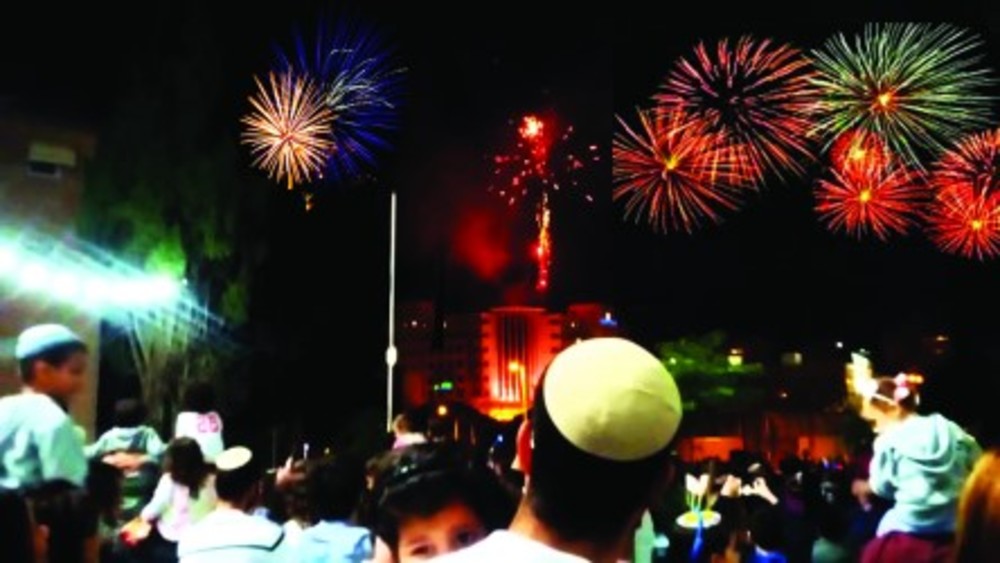Israel commemorates and celebrates Yom HaZikaron and Yom Ha’Atzmaut
 At sundown on May 4 (5th of Iyar, 5774), a siren will wail throughout the streets of Israel and everything will come to a halt. The siren signals the beginning of Yom HaZikaron, Israeli Memorial Day, which pays homage to those who lost their lives in the struggle that led to the establishment of the State of Israel as well as to all military personnel and terrorist victims.
At sundown on May 4 (5th of Iyar, 5774), a siren will wail throughout the streets of Israel and everything will come to a halt. The siren signals the beginning of Yom HaZikaron, Israeli Memorial Day, which pays homage to those who lost their lives in the struggle that led to the establishment of the State of Israel as well as to all military personnel and terrorist victims.
If you’ve ever experienced Yom HaZikaron (or seen images of it on TV, as I have), you will recall that while the siren wails, the entire nation observes a two-minute pause from all activity. Cars and trucks come to a complete stop on roads and highways. Drivers get out of their cars and stand in solemn silence while their vehicles idle. During routine hospital tasks, doctors and nurses freeze, their frenetic pace arrested while they pause to remember. Teachers in classrooms remain upright, and their students rise in respect to mourn the nation’s fallen. Families pause. Time simply seems to stand still.
Although the earnest reflection may remind us of the sanctity required during a religious ceremony, Yom HaZikaron has no spiritual roots; it is part of the civil culture. The siren stops, but for 24 hours, a somber mood pervades the country. Restaurants, theaters and nightclubs are closed in observance of the holiday, television stations broadcast programs that memorialize the lives and deeds of soldiers, and radio stations play Israeli songs that express the sentiment of the day. Many people visit cemeteries and leave little pebbles, as is the Jewish custom, on the gravestones of friends or relatives.
Then the following day, however, Israel erupts in joyous celebration over its independence. Yom Ha’Atzmaut, scheduled the day after Yom HaZikaron, commemorates Israel’s declaration of independence in 1948. The two holidays, put side by side, remind Israeli citizens and Jews worldwide of the price paid for independence. On Yom Ha’Atzmaut, the mood changes significantly, spirits are high, and pride swells. Israeli flags can be seen everywhere – waving in front of Israeli homes and storefronts, and even fluttering from car windows. There are parties, picnics and singing and dancing on the streets. Like the American custom during its Independence Day, fireworks are ignited, and people come together in celebration.
Yom HaZikaron and Yom Ha’Atzmaut. Even if you can’t pronounce them, you understand their significance. These holidays bring out Jewish and Israeli pride. DiscoverJCC.com describes these national days as “when the sense of Israelihood is felt most keenly…when the collective language is the most uniting and embracing.”
KARA MARZIALI is the Director of Communications for the Jewish Alliance.







